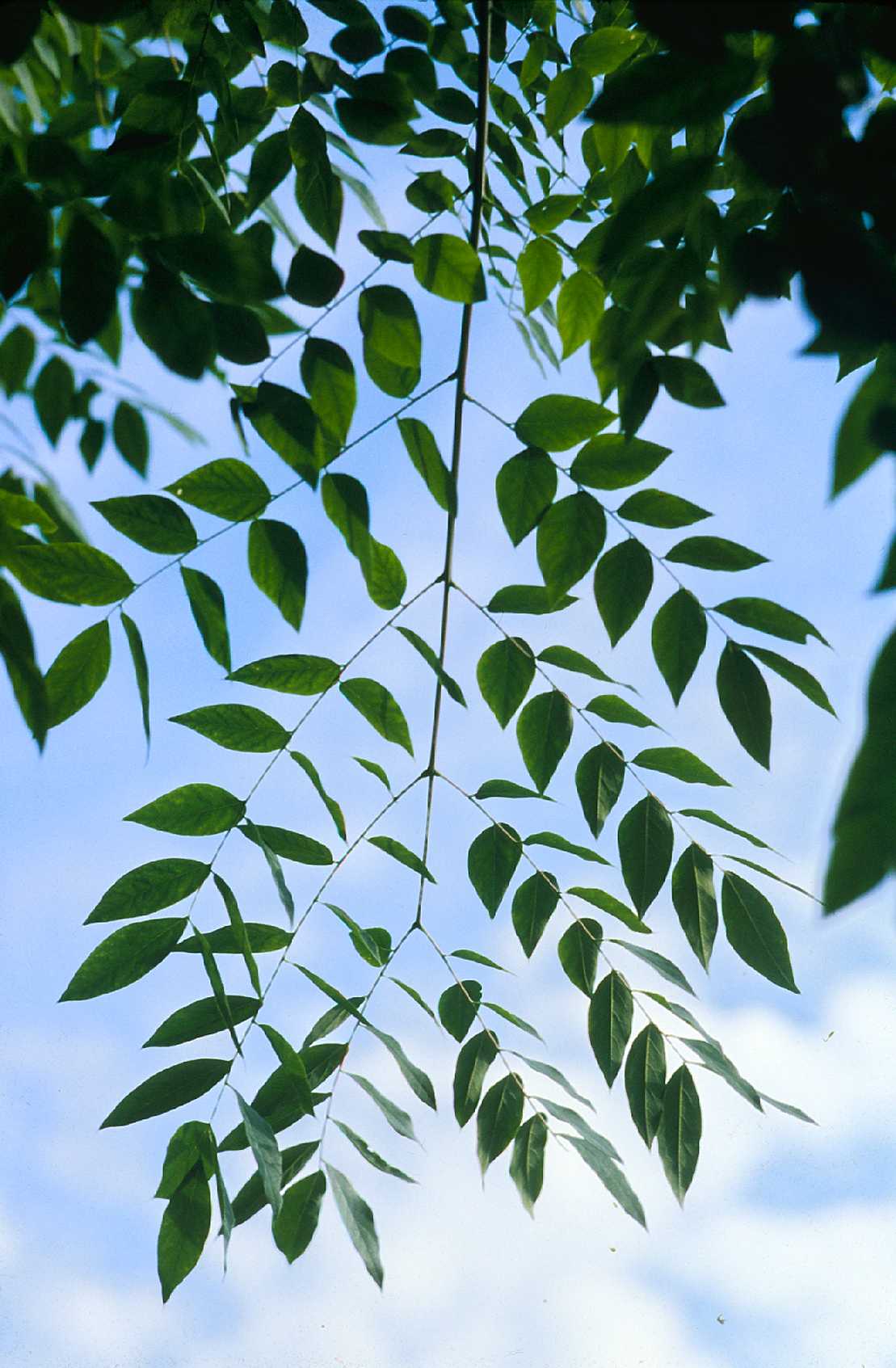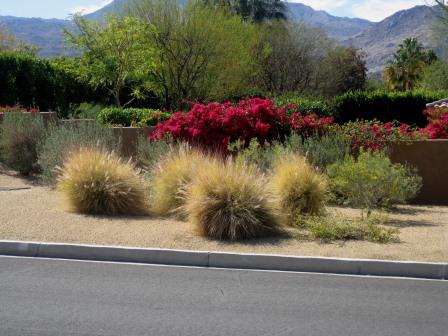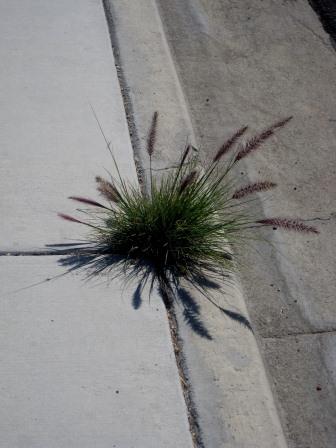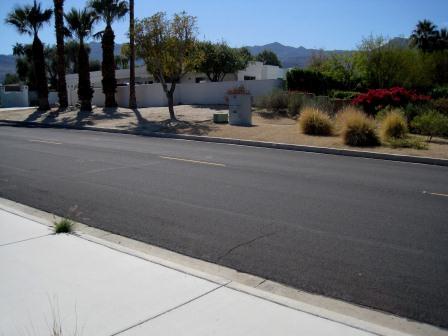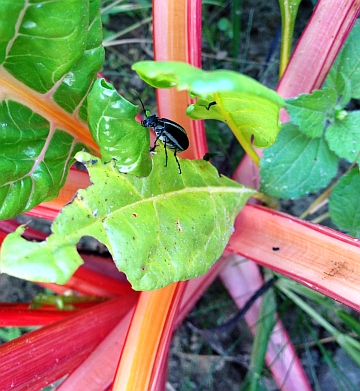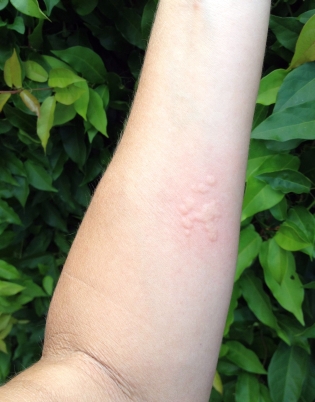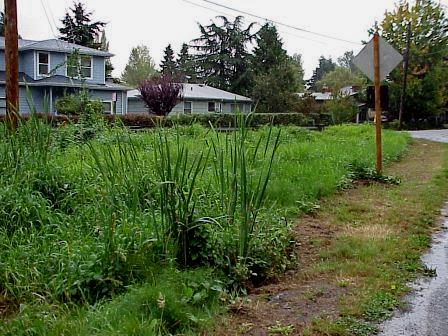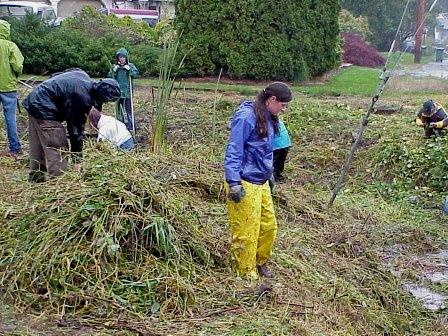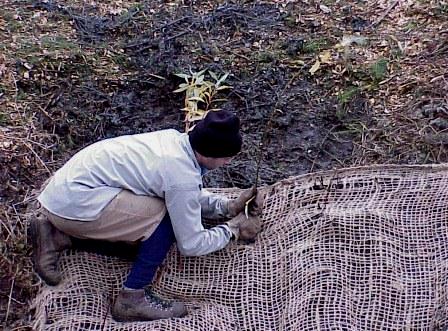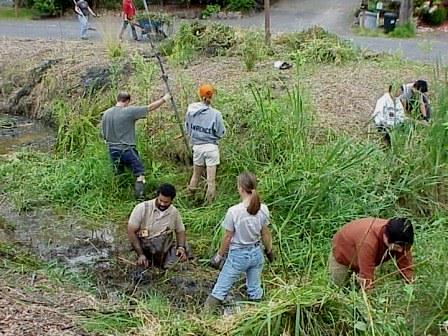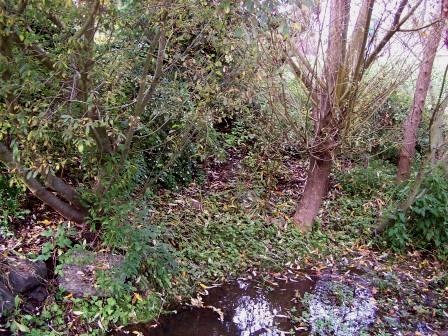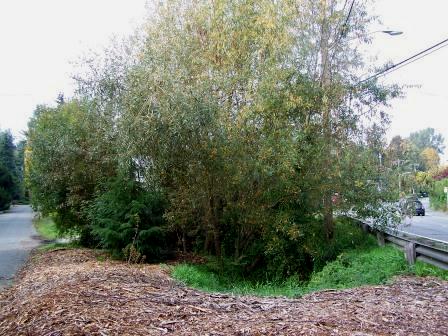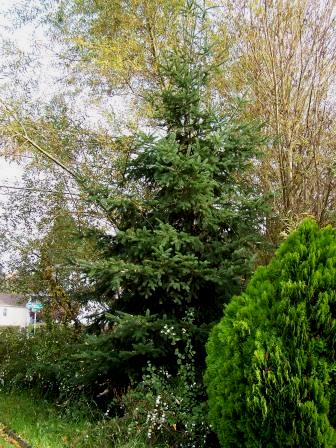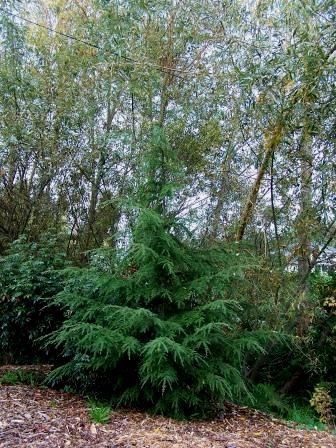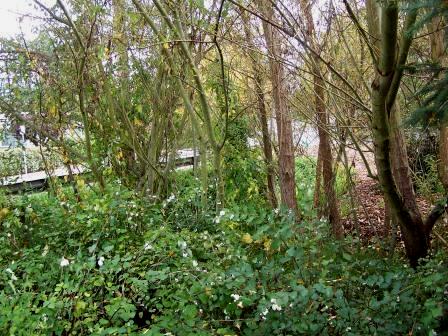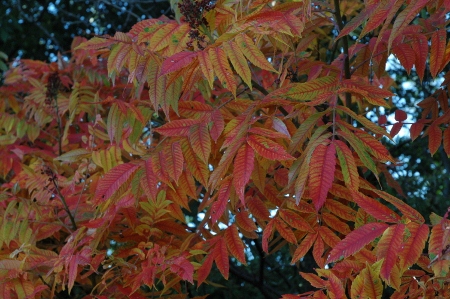Back in June of 2010, I wrote about an online column that recommended applying cornmeal as an antifungal soil amendment. (Important note: we are not talking about corn gluten meal. Just cornmeal.) The upshot of the post was while some gardening personalities extol the use of cornmeal to kill soil pathogens like Rhizoctonia and Sclerotinia, no published science supports the practice. The post was effective in encouraging the author of the referenced online column to update her information, but the controversy didn’t die. In fact, new comments have been added to the original post on a fairly consistent basis, mostly in the form of personal anecdotes or angry rebuttals. Some commenters, however, have tried to carry on rational discussions, so today we’re going to look at cornmeal from a slightly different angle: what effect does it have on microbes in general?
To start, let’s look at the Stephensville, Texas research that’s most often highlighted by cornmeal proponents. There’s no peer-reviewed work published on this specific research, but in an online copy of the Texas Peanut Production Guide I found a paragraph referring to “Biological Control of Soil-Borne Fungi.” Here it is in its entirety:
“Certain fungal species in the genus Trichoderma feed on mycelium and sclerotia of Sclerotinia minor, Sclerotium rolfsii and Rhizoctonia spp. All peanut fields in Texas tested to date have natural populations of Trichoderma. For several years, tests have been conducted in Texas using corn meal to stimulate Trichoderma development as a way to control the major soil-borne disease fungi. When yellow corn meal is applied to fields in the presence of moist surface soil, Trichoderma builds up very rapidly over 5 to 10 days. The resulting high Trichoderma population can destroy vast amounts of Sclerotinia, Sclerotium and Rhizoctonia. This enhanced, natural biological control process is almost identical to the processes that occur when crop rotation is practiced. The level of control with corn meal is influenced by organic matter source, soil moisture, temperature and pesticides used. Seasonal applications of certain fungicides may inhibit Trichoderma. Testing will continue to determine the rates and application methods that will give consistent, economical control.”
And that’s all there is on the topic. Most scientists would conclude that further testing was inconsistent and the researchers abandoned their efforts without publishing anything further. But this summary is at least a starting point, though it contains no data, references, or even authors.
First, there’s no argument that Trichoderma is a powerful antagonist of some nasty pathogenic fungi. Likewise, cornmeal most certainly can encourage the growth of Trichoderma, both in the lab and the field. But cornmeal also encourages the growth of many other fungi – in fact cornmeal agar is commonly used for culturing fungi in the lab. So what about those three pathogenic fungi mentioned in the Texas peanut guide? Do they like cornmeal?
Indeed they do! Published research (about 20 or so articles) shows that cornmeal (not cornmeal agar) has been used to enhance growth of Rhizoctonia fragariae, R. repens and R. solani, Sclerotinia sclerotiorum and S. homoeocarpa, and Sclerotium rolfsii. In some cases the pathogens became more virulent in the presence of cornmeal.
Cornmeal is nothing more than a carbohydrate-rich resource that can be used by many microbes. If you happen to have a lot of beneficial fungi in your soil, cornmeal will feed them. If you happen to have pathogenic species in your soil, cornmeal will feed them too. So it depends on what fungi are already living in your lawn, vegetable garden, or rose bed on whether cornmeal will help, or just make disease problems worse.
The best thing to do – as the paragraph from the peanut guide suggests – is to mix things up a little in your landscape. Use mixtures of lawn grasses rather than growing a monocultural turf. Rotate plant placement in your vegetable garden every year. Add a microbe-rich organic mulch to your rose beds. Natural methods will keep pathogens in check much more effectively than a hyped-up home remedy that’s anything but antifungal.
UPDATE: Since this is a myth that refuses to die, I’ve published a peer-reviewed fact sheet on the topic. Feel free to pass on to others.
